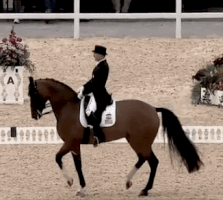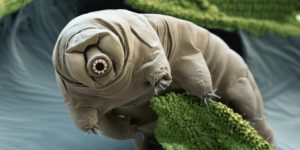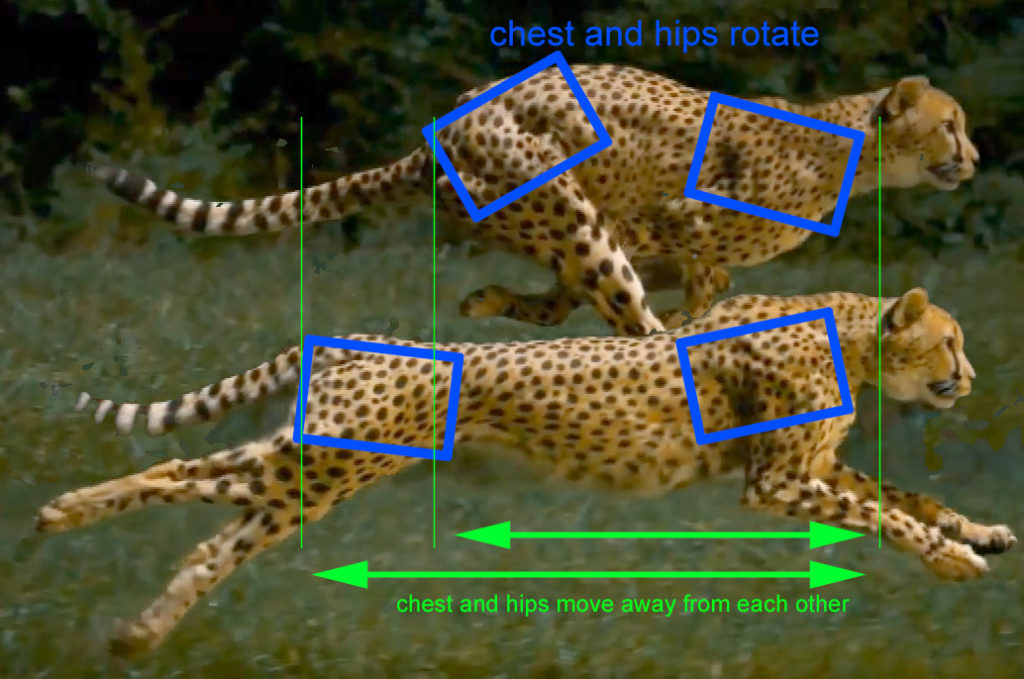1.0 – Introduction
In this page I hope to dispel some of the confusion animating quads by drawing attention to the importance of the spine over gaits. In fact, in this blog I will only briefly talk about footfall patterns as I believe the secret to gaits is all in the spine.
There is already lots of great information out there about footfall patterns which I have gathered in my Gait Reference page. If you look at nothing else, read through this – Dr. Stuart Sumida -Animal Locomotion for Animators
2.0 – Hide the Legs!?
Animating realistic quads with complex gait patterns at first can be a bit over whelming. The shear number of controls you need to interface with just to get a pose is time consuming. Once you start animating these controls it’s very easy to get lost and you can easily spend more time tweaking a pose than looking at the overall motion you are creating.

So initially, forget gaits! The timing of foot falls and take offs are confusing. For instance, there are literally twenty or so types of gaits that a horse can walk!
Look at it this way. Foot falls are only there to keep the spine from falling to the ground right? So if you pay attention to rise and fall of the chest and hips in your blocking you will be able to use this to map your foot falls later.


3-0 – Different types of spines in quads
Quads come in all shapes and sizes so first let’s put them into groups according to how flexible their spines are.
- Rigid – horse, rhino, elephant, bear, giraffe
- Flexible – dog, wolf, pig, deer
- Hyper Flexible – cheetah/all cats, rodents
- Hybrids – apes, koala, kangaroo, tardegrade
Tardegrade. Not a quad but a pretty sweet Octopod!
These differences in spine flexibility should change your approach to how you animate them. If we compare the rigid spine of a rhino to the hyper flexible spine of the cheetah in a gallop we can see one huge difference.
-In the cheetah, the chest and hips although connected translate and rotate almost independently of each other. Where as in the rhino, the chest and hips move more so as a unit and the rotations are much more limited.
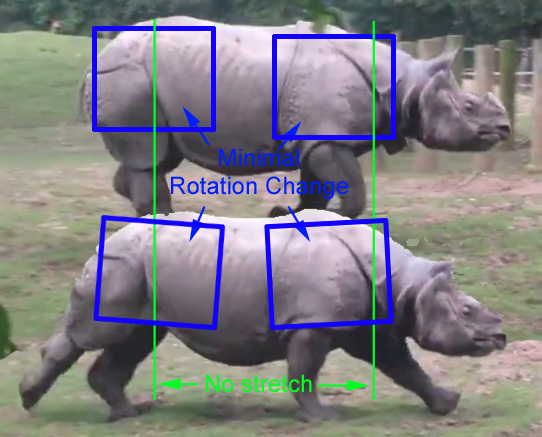
-For a rhino and rigid spine quads there are two main masses at play – the first is the chest and hips which are relatively locked together into one solid mass. Second is the head.
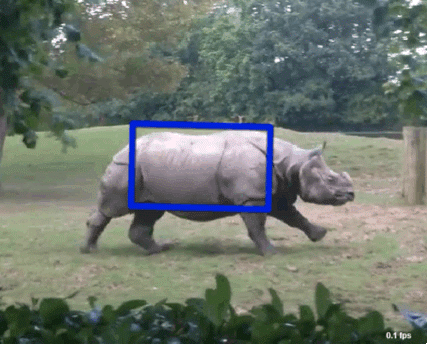
– tracking
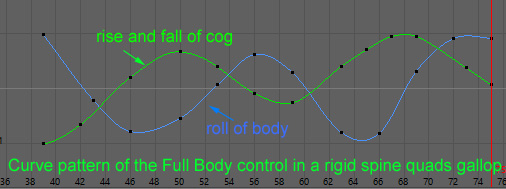
– Tracking the torso shows the chest and hips are relatively locked together creating the above curve pattern in your Full Body control
This information is important as it helps you break the quad down and manage your animation in a layered approach by only animating the least amount of controls.
4.0 – Blocking a Rigid Spined Quad
I rigid spined quad has two main masses at play. The full torso and hips that are relatively locked together and the head,
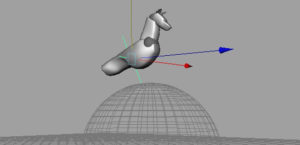
– start your block with just the full body and head
– add rotation only to the chest and hips
– hide the legs
5.0 – Blocking Flexible Spined Quad
The cheetah and flexible spine quads are more complicated and have three separated masses. The chest, hips and head. So initially, stage your animation as you would a rigid spined quad. Then in blocking hide the hips and squeeze as much expression/performance you can muster using only the chest and head as below.
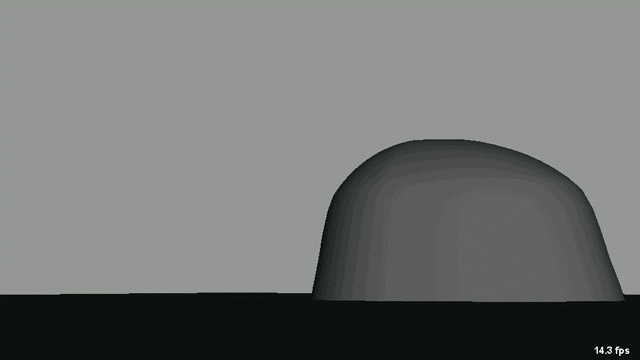
– stage your animation using the full body as you would a rigid spined
– block with just the chest and head.
– hide the legs and hips.
You can also read through this process in my page (Five Step Quad Method).
Next up is Spine Gaits








